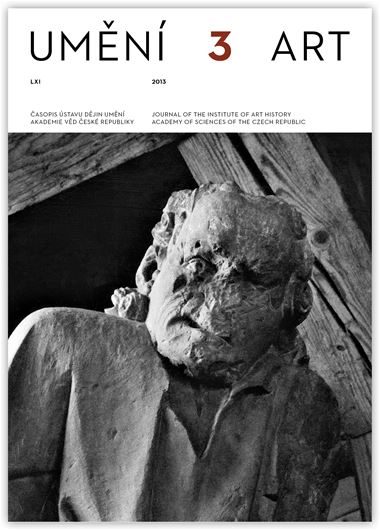Jindřich Vybíral
Ohmann versus Grisebach. Der Streit um das Urheberrecht im Jahre 1897
The Museum of Industry in Liberec, built in 1897–1898, is noteworthy as a unique creative achievement and as an example of the ‘didactic collage’, which at the turn of the 20th century was a popular technique for presenting works of art in a museum. No less worthy of interest is the history of the building itself, as it provides an illustration of the politicisation of the stylistic trends of late historicist architecture and of the hidden mechanisms of how things worked in the art trade. The winner of the competition to design the museum, which was held in 1895, was Friedrich Ohmann (1858–1927), at the time a professor at the Arts and Craft School in Prague. He was commissioned with drawing up a project for its construction. However, when he failed to submit the work by the set deadline, the museum’s administrative board sent his unfinished plans to the prominent Berlin-based architect Hans Grisebach (1848–1904), who drew up his own plans on their basis. This shameful action caused a scandal of unexpected proportions, and with the help of some architectural magazines in Vienna Ohmann succeeded at getting himself listed as a co-author of the completed structure and the administrative board paid him a fee for the plans he had prepared. This controversy thus represents the first known and relatively successful conclusion to a battle waged in defence of intellectual property and artistic autonomy against external pressures from powerful authorities. It was not a duel within the field of artistic production, like that engaged in between competitors seeking a commission or some permanent post. Ohmann did not take on Grisebach, but the museum’s administrative board, which failed to meet its obligations to him. And while the architect was also concerned with his financial interests, he waged his battle chiefly for the symbolic capital that was his due as the creator of an art work. The sanctions that, with the backing of the professional corporation and a lawyer, he was able to threaten the party that organised the competition with, which included discrediting them and even legal action, were available to him thanks to the law of copyright, which at that time represented an imperfect but nonetheless sufficient means of protecting his legitimate claims.
Full-text in the Digital Library of the Czech Academy of Sciences:
https://kramerius.lib.cas.cz/uuid/uuid:97f7358a-2f01-4a28-9655-008bdebeb65d
< back

